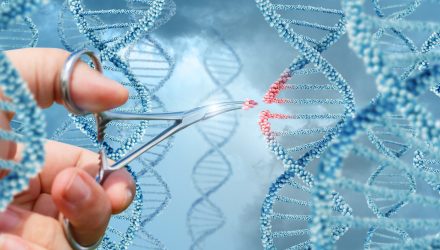There is a wave coming.
The wave of artificial intelligence and life science innovation.
Much of the current artificial intelligence (AI) buzz is around applications like Alexa and Siri, or the use of chatbots in financial services or retail. There is far less talk about what might be possible in life sciences and healthcare with the application of AI, although companies are starting to wake up to this idea.
A recent study by Accenture, for example, found that 74% of life sciences executives believed that AI would result in either significant change or complete disruption of their industry within a few years. The potential savings for the healthcare industry are huge.
AI and life sciences: a match made in heaven?
AI and life sciences ought to be a natural match. There is plenty of data in life sciences and healthcare to use to train models. What’s more, some of the systems currently used to sift through data are frankly not ideal. Consider cervical screening, for example, where cytologists are expected to search manually (or visually) through hundreds, if not thousands, of slides a day to detect the one or two with possible abnormalities.
The potential for false negatives in particular is very high. Appropriately-trained AI systems have potential to search far more rapidly, and with potentially more accuracy, although they also need to be checked by humans for any errors.
Just like cervical screening, diagnosis of any disease or condition is, in many ways, a form of pattern identification. There is therefore no reason why artificial intelligence should not be used to support and supplement healthcare professionals during the process. Nobody is suggesting that AI should replace doctors and other healthcare professionals, or that pattern recognition is the only answer.
